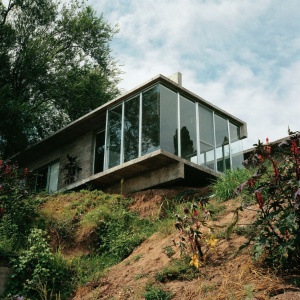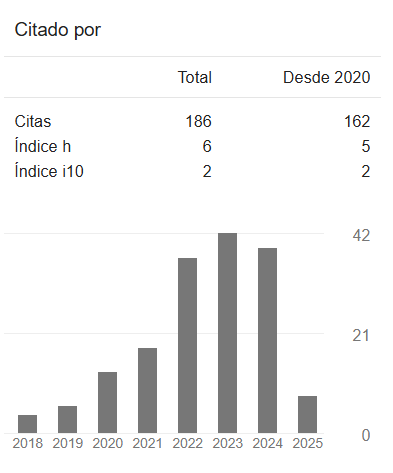Recent architecture in Latin America
DOI:
https://doi.org/10.35305/23626097v4i6.21Keywords:
design, theory of architecture,, history of architecture,, Latin American condition, experimentationAbstract
Hugo Segawa is a reference in the history and criticism of contemporary architecture in Latin America. Grounded on the review of the main topics addressed during the last two decades of the twentieth century in Latin American Architecture Seminars in which Segawa participated as well as his 2004 book, Latin American Contemporary Architecture, this paper seeks to approach Segawa’s view of recent architectures in Latin America. Thus, some aspects of the work and thought of architects such as Alejandro Aravena, Angelo Bucci, Solano Benítez, Rafael Iglesia, José María Sáez and Ricardo Sargiotti are introduced. This analysis starts from the following question: What role do theory and history of architecture play when designing? Further underlying questions are also raised: Is it possible nowadays to draw a line between the specificity of the local space and the spread of the universal? What disciplinary significance does the experimental work of some of these professionals have in architecture? Which is the role of architecture when facing the urgencies that the asymmetries of this globalized world entail?
Downloads

Downloads
Published
How to Cite
Issue
Section
License
Open access policy
A&P Continuidad is a non-profit and open access publication. According to Mexico Declaration on Cultural Policies, the journal distribution is submitted to Creative Commons Attribution-Noncommercial-ShareAlike 4.0 International Public License (CC BY-NC-SA). “Neither the commercial use of the original work nor that of the possible derivative works are allowed. The distribution of derivative works should be submitted to the license regulating the original work. This license is not free.”
A&P Continuidad authorizes the partial or full reproduction of texts and graphs provided that the source is cited. Authors are exclusively responsible for the criteria expressed in the articles which do not necessarily reflect the opinion of the Editorial Committee or that of the Direction Board. The copyright of the published articles pertains to their authors or publishers.
Transfer of rights
The acceptance of an article to be published implies the author’s transfer of rights to the journal. Authors continue to have the right to use the material in future books or publications, approve or veto the republication of their works as well as the rights related to patents or other rights. Transfer of rights form may be downloaded here.





























 This OJS site and its metadata are under a
This OJS site and its metadata are under a 

